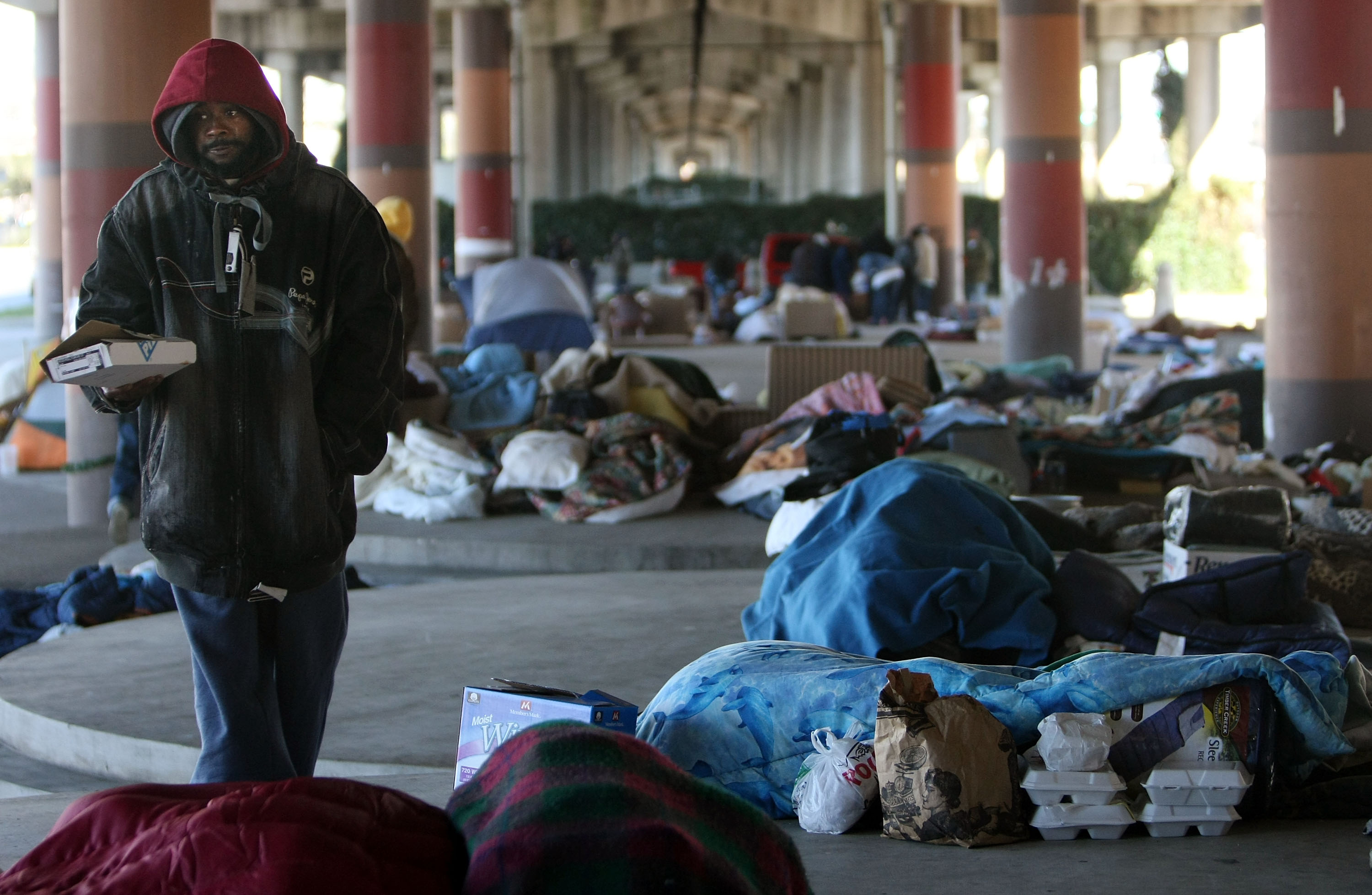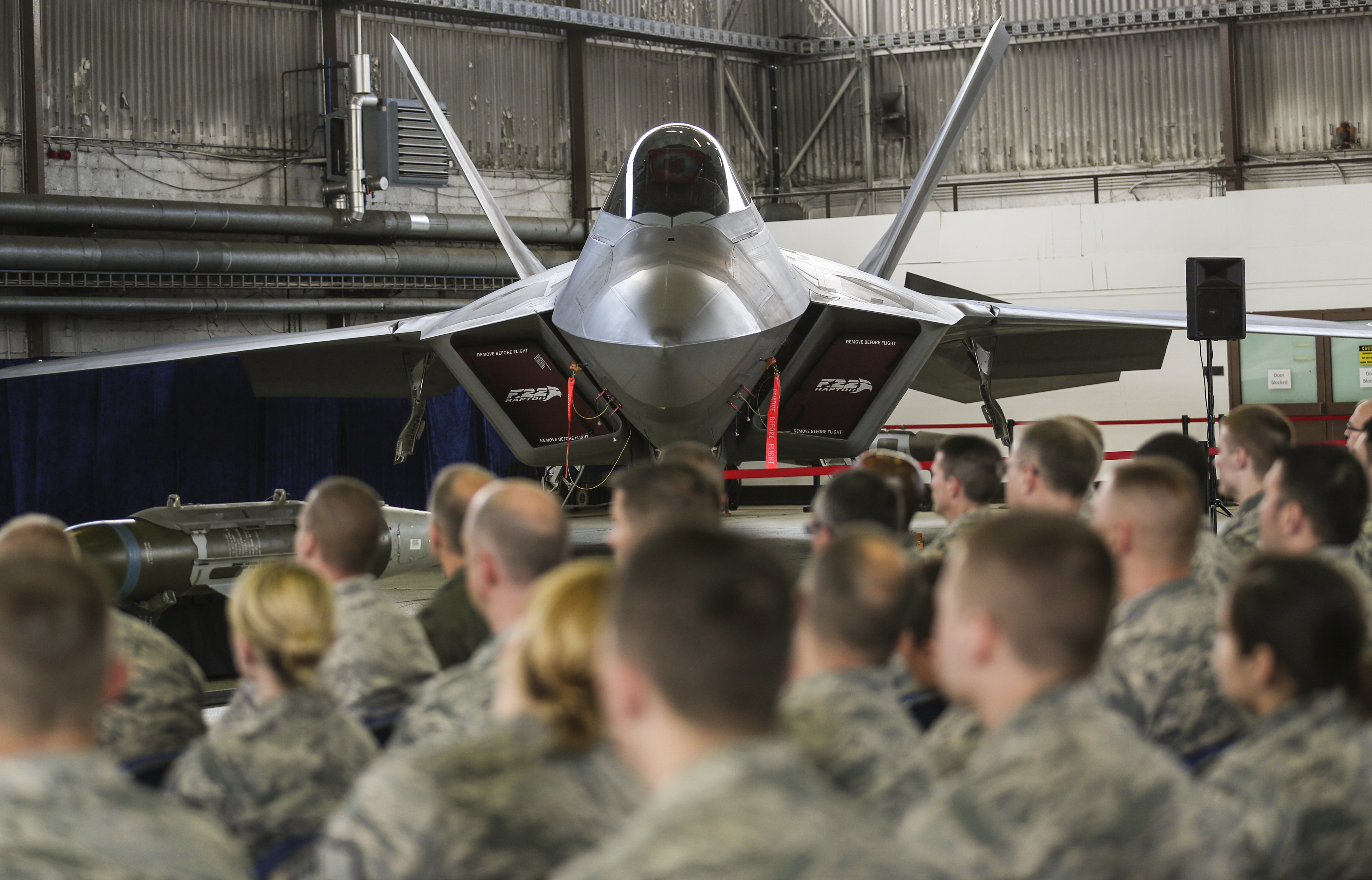Deep State excerpt: The NSA's expensive, Orwellian choice
Why did the NSA once nix a cheaper program that could have better protected civil liberties?


This is an excerpt from Deep State: Inside the Government Secrecy Industry, by Marc Ambinder and D.B. Grady. Over the next few weeks, we'll be running a series of NSA-related excerpts from the book here on The Compass.
**
The effectiveness of the special programs of the NSA is a mystery. There are a couple of cases where they provided real assistance to investigators. But the FBI claims that early on the NSA added needless complications to the bureau's efforts to determine whether sleeper cells actually existed inside the United States. It was difficult to segregate data that came from the special programs from data that came from normal NSA FISA intercepts. Today, the NSA is more judicious with the information about domestic targets that it provides to the FBI.
The Week
Escape your echo chamber. Get the facts behind the news, plus analysis from multiple perspectives.

Sign up for The Week's Free Newsletters
From our morning news briefing to a weekly Good News Newsletter, get the best of The Week delivered directly to your inbox.
From our morning news briefing to a weekly Good News Newsletter, get the best of The Week delivered directly to your inbox.
Operationally, the NSA keeps secret what internal checklist must be satisfied before it asks telecommunications companies for stored data sets; how quickly it can drill down on a target after identifying it; how, precisely, it uses target and link analysis (also known as data mining) to develop probable cause; what equipment it uses; what auditing tools it uses; and more.
What is known is that the NSA's special programs are larger than they were when they first existed as a presidentially authorized intelligence collection tool. Inside the government there is a consensus that the programs are critical to national security. This consensus did not come easily, and from a civil libertarian standpoint the checks and balances are insufficient. It could be that the Justice Department, the courts, and Congress previously objected to the program only because they weren't let in on the secret. Now that they're in on it, they're willing participants in its perpetuation and expansion.
In the days after September 11, 2001, Vice President Dick Cheney and David Addington, his legal counsel, both of whom intimately knew the habits of Congress and the executive branch, had assumed the opposite would be true. They ordered that details of the special programs remain so tightly compartmented that lawyers for the NSA were forbidden to discuss the matter with lawyers from the Justice Department. The barest minimum number of congressmen received briefings. So tightly stretched was the secrecy blanket that even the National Security Council's legal team was kept in the dark, as was the president's chief homeland security adviser and the Justice Department's chief liaison with the FISA court.
Only one attorney in the Justice Department's internal legal office, John Yoo, was providing the legal guidance. Yoo had no one to help him. He was formerly a constitutional law professor at the University of California, Berkeley, with a strong interest in national security. At Justice, he wrote several opinions that read like law articles but in practice would serve to justify a wide range of practical actions. His boss, Jay Bybee, had been confirmed but could not assume his post as head of the Office of Legal Counsel (OLC) until his teaching term ended. But he would never be read in to the program. Nor was his boss, the deputy attorney general. When this later came out, it appeared that Cheney and Addington had hand-selected someone they knew would be sympathetic to their case. But the truth is more prosaic: Yoo was simply the go-to guy for national security in OLC at the time. Had Bybee been at his Justice desk, he would have been the one to decide who would formulate the opinion.
A free daily email with the biggest news stories of the day – and the best features from TheWeek.com
At the NSA, Hayden immediately consulted his general counsel. "Here's what the president wants me to do under 12333," he told Robert Deitz, referring to the executive order authorizing intelligence collection. "Can we do it?" This was a Thursday. Deitz spent a sleepless night trying to figure it out, but came in on Friday morning with an answer: There was no constitutional question at stake — but yes, the NSA could probably do this either under an implicit exemption in FISA, or, if not, the act itself had suddenly revealed itself to be unconstitutionally constraining on the president's power. As Deitz read court opinions going back decades, he noted that even where judges explicitly limited the president's reach, they always tacked on a footnote implying that nothing in their opinion was designed to constrain the president's ability to perform his main Article II functions. Deitz and Hayden agreed on two things: If the programs were revealed, they wouldn't lie to Congress about them, and Hayden would inform at least the chief of the FISC and the Gang of Eight from the start. Both used the same metaphor: They wanted to make Congress "pregnant," too. The programs were legal, in Deitz's view, but very close to the line.
Hayden then asked his SIGINT chief, Maureen Baginski, to figure out how many people would be needed to run the programs. Given the sensitivity involved, he had a hand in personally selecting everyone who would participate. Early the next day, a Saturday morning, Hayden, Deitz, and about 50 unsuspecting NSA analysts and engineers filed into a conference room in the main headquarters building. Hayden has several times since recounted the directive he gave to the staff: They would carry out only what the president authorized "and not one photon more." At the time he did not know, he now concedes, how realistic that promise was, given that the NSA had never attempted this type of thing before. But he knew that it would send a message to those who would operate the program: overcollection (which is inevitable) in a program like this is more than a minor sin.
Before 9/11, there was plenty of secrecy associated with the FISC. Its decisions were never public, and the subject of the surveillance would be — so far as the government was concerned — blissfully ignorant. In 1999, engineers brought a program to Hayden called ThinThread. It looked quite promising to an agency that was struggling to keep up with its core intelligence-gathering mission. Hayden's analysts were hearing a lot of chatter about millennium-related terror plots, and ThinThread was a $20 million computer system that could do what the NSA admitted it needed to do better — tap into the ever-changing global telephonic and network architecture.
One thing that the NSA could not do without a court order was acquire — the verb is important — communications that did not fully bypass the United States. If both ends of the conversation came from sources outside the United States, the NSA could intercept it, even if the wires through which the electrons and photons flowed physically went through the United States. But it was very hard to segregate these conversations from domestic traffic, and the NSA couldn't collect everything and then segregate it. That the NSA had the authority to do this at all was itself a necessary secret, and it remains redacted in official NSA regulations from the 1990s and the early part of the 2000s that were obtained by the authors under the Freedom of Information Act.
ThinThread's proponents believed they had figured out a way to intercept conversations without technically "acquiring" them, where one terminal might indeed be in the United States. NSA signals intelligence operations managers believed that by subjecting the content of these communications to encryption they could analyze the metadata for suspicious patterns. The response from the NSA's lawyers was unanimous: The agency could not acquire communications inside the United States without a warrant whether they were encrypted or not. The lawyers had asked the Justice Department for its view; President Bill Clinton's team found no basis in law for it. Therefore, the neat technology of ThinThread was not something the NSA could use. After the special programs began, the NSA used a program called Trailblazer to do link analysis on the data provided by telecoms and other sources. Trailblazer did not encrypt communications, which raised a red flag for many NSA SIGINT teams who weren't read in to the program. Why wasn't ThinThread being used? Trailblazer, by comparison, seemed more Orwellian and more expensive.
The reason was that Hayden now had the authority to acquire communications inside the United States (where one terminal was reasonably believed to be outside the United States) without an order. From his perspective, he didn't need ThinThread. And in any event, his software engineers told him that it wouldn't scale. It would later emerge, as Hayden acknowledges, that the system ultimately used to acquire U.S. communications didn't work as well as it could have, but that was no reason to replace it with an untested, entirely different system.
Next: The secrets the White House kept from everyone
More Deep State excerpts:
- Why the NSA keeps everything so secret
- The NSA is the largest factory of secrets in the world
Marc Ambinder is TheWeek.com's editor-at-large. He is the author, with D.B. Grady, of The Command and Deep State: Inside the Government Secrecy Industry. Marc is also a contributing editor for The Atlantic and GQ. Formerly, he served as White House correspondent for National Journal, chief political consultant for CBS News, and politics editor at The Atlantic. Marc is a 2001 graduate of Harvard. He is married to Michael Park, a corporate strategy consultant, and lives in Los Angeles.
-
 4 tips to safeguard your accounts against data breaches
4 tips to safeguard your accounts against data breachesThe Explainer Even once you have been victimized, there are steps you can take to minimize the damage
-
 The Week's year-end quiz
The Week's year-end quizPuzzles and quizzes Test how well you followed the news with our year-end quiz
-
 Codeword: December 26, 2025
Codeword: December 26, 2025The daily codeword puzzle from The Week
-
 The recycling crisis
The recycling crisisThe Explainer Much of the stuff Americans think they are "recycling" now ends up in landfills and incinerators. Why?
-
 The L.A. teachers strike, explained
The L.A. teachers strike, explainedThe Explainer Everything you need to know about the education crisis roiling the Los Angeles Unified School District
-
 The NSA knew about cellphone surveillance around the White House 6 years ago
The NSA knew about cellphone surveillance around the White House 6 years agoThe Explainer Here's what they did about it
-
 America's homelessness crisis
America's homelessness crisisThe Explainer The number of homeless people in the U.S. is rising for the first time in years. What’s behind the increase?
-
 The truth about America's illegal immigrants
The truth about America's illegal immigrantsThe Explainer America's illegal immigration controversy, explained
-
 Chicago in crisis
Chicago in crisisThe Explainer The "City of the Big Shoulders" is buckling under the weight of major racial, political, and economic burdens. Here's everything you need to know.
-
 The bad news about ISIS's defeat in Ramadi
The bad news about ISIS's defeat in RamadiThe Explainer The contours of a broader sectarian war are coming into focus
-
 America can still destroy the world
America can still destroy the worldThe Explainer The decline of U.S. military power has been greatly exaggerated
